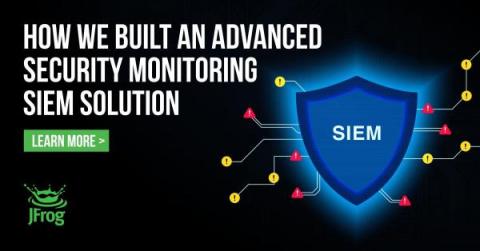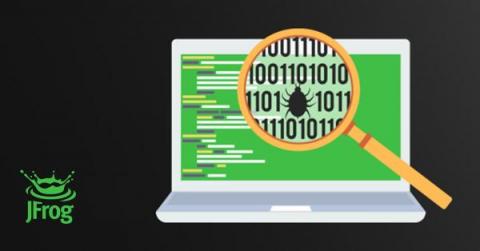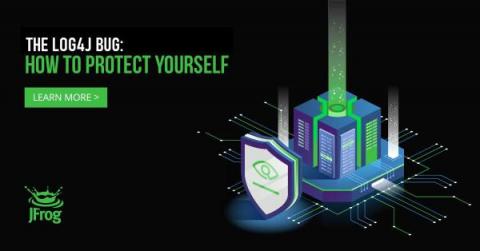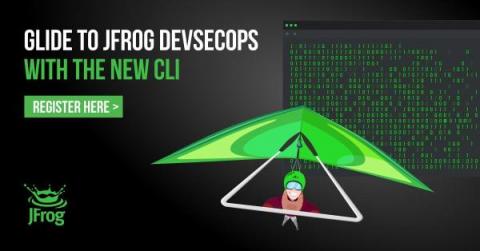Part I: A Journey Into the World of Advanced Security Monitoring
Dealing with hundreds of security alerts on a daily basis is a challenge. Especially when many are false positives that waste our time and all take up too much of our valuable time to sift through. Let me tell you how our security team fixed this, as we built security around the JFrog products. First, let me tell you a little bit about our team.











